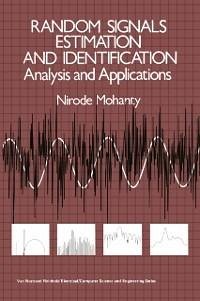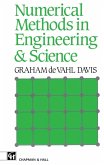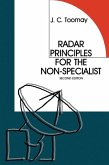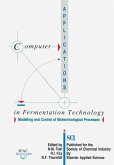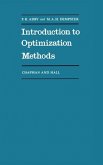The techniques used for the extraction of information from received or ob served signals are applicable in many diverse areas such as radar, sonar, communications, geophysics, remote sensing, acoustics, meteorology, med ical imaging systems, and electronics warfare. The received signal is usually disturbed by thermal, electrical, atmospheric, channel, or intentional inter ferences. The received signal cannot be predicted deterministically, so that statistical methods are needed to describe the signal. In general, therefore, any received signal is analyzed as a random signal or process. The purpose of this book is to provide an elementary introduction to random signal analysis, estimation, filtering, and identification. The emphasis of the book is on the computational aspects as well as presentation of com mon analytical tools for systems involving random signals. The book covers random processes, stationary signals, spectral analysis, estimation, optimiz ation, detection, spectrum estimation, prediction, filtering, and identification. The book is addressed to practicing engineers and scientists. It can be used as a text for courses in the areas of random processes, estimation theory, and system identification by undergraduates and graduate students in engineer ing and science with some background in probability and linear algebra. Part of the book has been used by the author while teaching at State University of New York at Buffalo and California State University at Long Beach. Some of the algorithms presented in this book have been successfully applied to industrial projects.
Dieser Download kann aus rechtlichen Gründen nur mit Rechnungsadresse in A, B, BG, CY, CZ, D, DK, EW, E, FIN, F, GR, HR, H, IRL, I, LT, L, LR, M, NL, PL, P, R, S, SLO, SK ausgeliefert werden.

